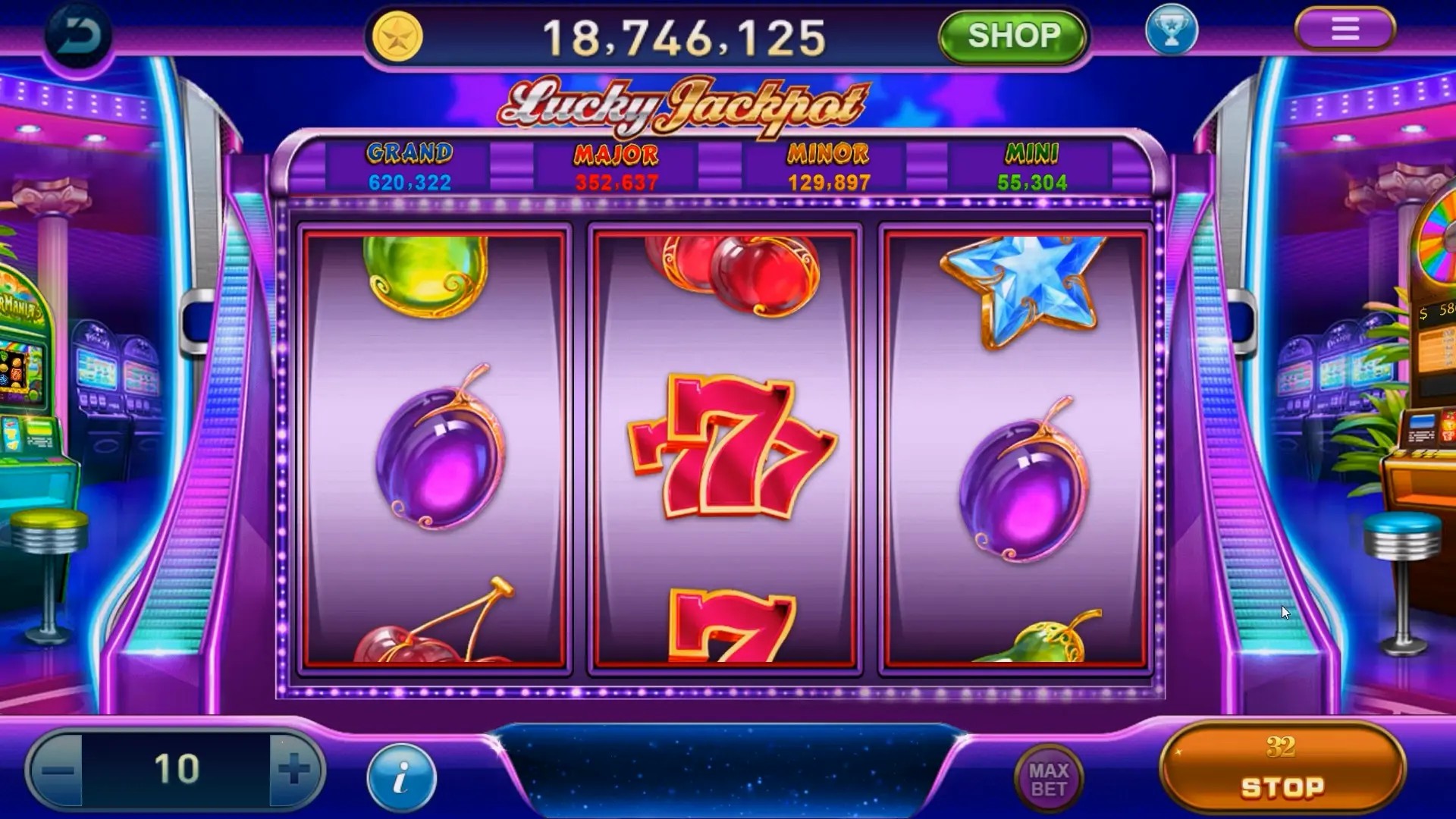The Rise of Casual Games: Exploring the Benefits and Popularity of Offline Games
A New Wave of Gaming Enthusiasm in Japan
The past few years have ushered in a fascinating trend, especially among Japanese mobile gamers. Casual games once considered lightweight distractions, have emerged as powerful engagement drivers that even challenge the dominance of mainstream genres like gacha or RPGs.
Huge numbers of上班族 and students alike are choosing offline experiences that require no Wi-Fi signal and offer mental respite between long commutes and work hours — perfect for a nation known for its bustling metro systems. The casual gaming boom isn’t merely a fad — it reflects changing consumer habits where flexibility meets meaningful play on a local scale.
Defining Casual & Offline Play
When people say 'casual game downloads', they usually mean titles with easy mechanics, bite-sized sessions, and minimal learning curves. Think puzzle adventures like Monument Valley or endless runners akin to subway surfing across virtual cities. These fit naturally into offline settings, making them highly playable during flights, train disruptions, or battery saving mode scenarios.
Note: Offline capability often depends on developer intent — some titles may allow story progression without constant net connection while still using cloud saves occasionally.
Japan's Digital Commute Shift
In Tokyo alone, millions spend nearly an hour daily inside packed train cabins. With strict public decorum rules against loud phone behavior but wide acceptance of smartphone use, it’s little wonder why portable brain teasers find massive popularity here.
Data from Recruit Holdings shows around 65% of users aged 20-39 engage with casual apps during weekday rides—many preferring locally stored files over multiplayer matches demanding steady connectivity.
| Age Group | Casual App Sessions Daily (Avg.) | Primary Location |
|---|---|---|
| 18–24 | 5–7 sessions/day | Nearby coffee breaks |
| 25–40 | 4–5 sessions/day | Commuting zones |
| 41+ (urban dwellers) | 2–3 sessions/day | Baths or parks |
What these stats really highlight is the evolving context of casual play—it moves wherever there’s downtime available!
- Built-In Pause Functions
- Zero Data Consumption
- Calm Visual Design Patterns
- Storable Across Limited Internal Space
Interesting Trend Watch: Despite iOS' global share drop in Asia, Android phones dominate rural areas more than previously seen—giving developers a greenlight for low-powered devices targeting casual play.
Growth Catalyst: How Pandemic Pushes Fit
Predictably, Japan saw spikes in app retention back during 2020 lockdown periods—but instead of fading, those habits cemented themselves in urban rhythms today. Suddenly having too much idle time forced people to experiment with their home entertainment options—including rediscovering browser-style tapping diversions and classic emulators.
Social media communities also contributed heavily; short explainer threads on Twitter and niche forums helped non-hardcore players learn about great new releases they might not otherwise hear of—even outside Nintendo ecosystems.
For many users tired of hyper-connected lives dominated by notifications, finding joy again through offline storytelling puzzles was refreshing. .
Cultural Touchpoints in Game Preferences
Not all “casual" means simple—in fact, several titles incorporate deep philosophical undertones or minimalist narratives that reflect broader cultural trends. For instance:
- The rising concept called メンタルヘルス ("nervous health"), makes calming digital therapies through games quite acceptable nowadays.
- Eased regulations on mobile screen time post-Covid created lenient mindsets around adult gaming choices.
- YouTuber culture has evolved beyond flashy live playthrough reviews – mini-analyses on retro graphics and design decisions gain thousands views now. This subtly boosts certain older but polished indie projects. 🎵
If I must ride two stops, my goal becomes completing another puzzle level. It gives focus without exhaustion. – Sayuri Fujimiya, part-time illustrator from Yokohama city [Back to top]
Bridging Genres: Best Story Mode Games on PC -2022
Talk shifts slightly here, yet links beautifully to the bigger picture. Although we've explored primarily mobile-centric territory so far, one notable development came in mid-to-late '22: highly rated offline narrative-driven titles gaining momentum on Windows setups nationwide, especially in dorm room cultures at Waseda and Rikkyo University tech circles.
The demand rose specifically for "best-story-games-without-multiplayer-pressure", prompting smaller developers across Tokyo and Sendai districts to invest resources here. Below is our quick compilation of top five such selections loved across PC cafes and home desktop stations alike last year:
Breakdown Snapshot (not exhaustive!)
- The House In Fata Morgana: An immersive Gothic romance mystery with haunting visuals.
- Cocoon: Unique stacking world-building logic that keeps your grey matter engaged for days.
- Edna & Harvey: The Breakout – Quirky, cartoonish humor with solid branching paths decision trees affecting outcome routes.
(Fun Side Note: Even got shoutouts via Studio Trigger co-founders who mentioned inspiration from earlier versions during Anime Expo panel discussions!) *Available in multiple language options incl. Japanese text/audio packs.*
Some titles found second wind via PS4 cross-platform ports later—but initial love blossomed online via Reddit-style forums discussing pacing styles or favorite characters' backstory theories.
While many casual offerings lean light-hearted, the next example stands apart due its strategic layer beneath apparent simplicity: Last War: Survivor Game's Best Squads Tactics Revealed has become somewhat cult-like in tight-knit Telegram groups exchanging strategy builds despite officially remaining free and ad-based in stores.
The appeal lies not solely within apocalyptic art assets, rather through group formation algorithms mimicking military organization layers—with squad leaders needing adapt leadership skills fast if hit by zombie waves suddenly doubling frequency.
Few Highlights from Community Discussions Found Online:
- Unique system rewards teamwork over solo wins—a novelty given genre trends prioritize individual achievements
- Daily login streak incentives tie into limited supply drops, encouraging continuity without forcing heavy spending pushes
- "Best Squad Challenges" appear seasonally and often reward themed cosmetics plus special gear unavailable elsewhere in shop tiers. Community members host mini-comp tournaments around completion timing too!
(A recent one in January saw winners getting invited backstage pass upgrades during TGS ’23 expo booths 😎.)
| Type A: Classic Competitive Mobile RTS | Type B: Casual Blend in Strategy Format | |
|---|---|---|
|
|
|
| i.e., Clash Royale-esque |
Think: Clash Royale + D&D Quest blend: | |
| Classic Elements ⬇️ | Adapted/Levelling Aspects ➤ |
Whether or not this balance sustains interest longer than three seasons remains to see… But as an indicator of expanding expectations within casual spheres, Lastwar demonstrates willingness by studios embracing experimental crossovers without chasing full-genre pivots
Of particular importance: many Japanese female players reported appreciating reduced aggression dynamics in co-op modes versus straight-up domination tactics required elsewhere — highlighting a subtle cultural preference worth tracking for publishers crafting localized campaigns.
```

